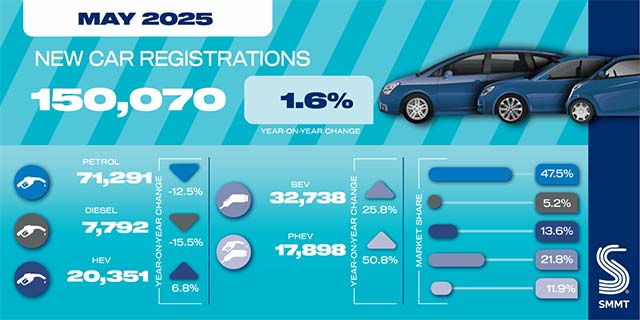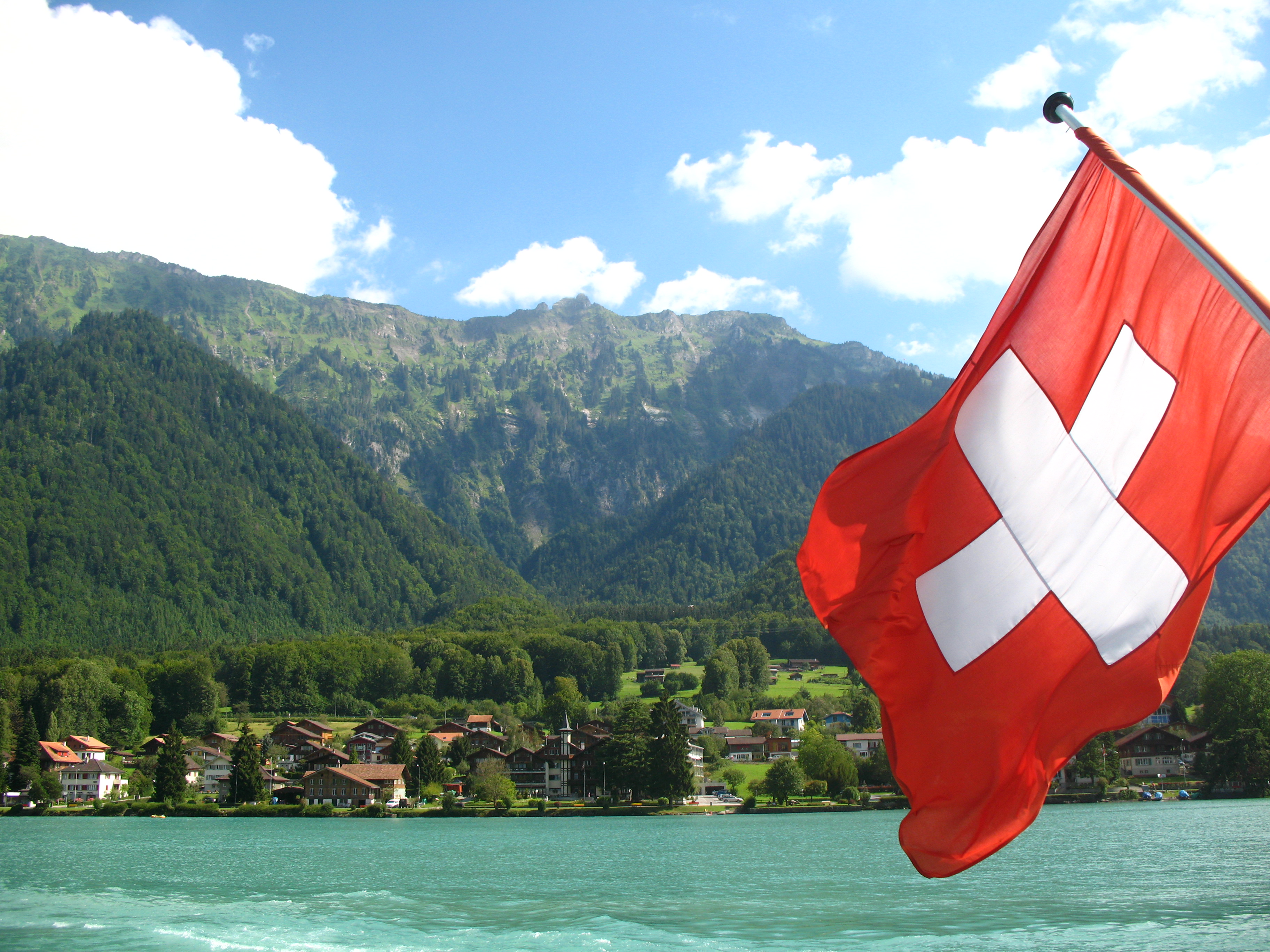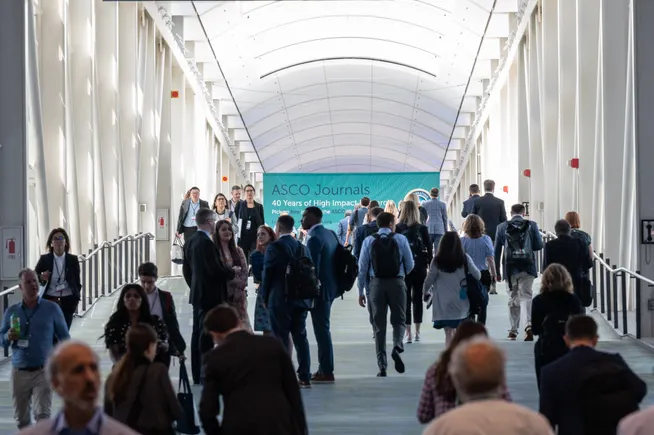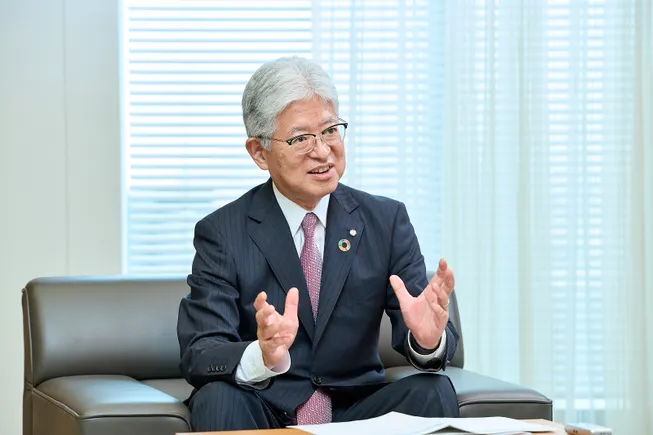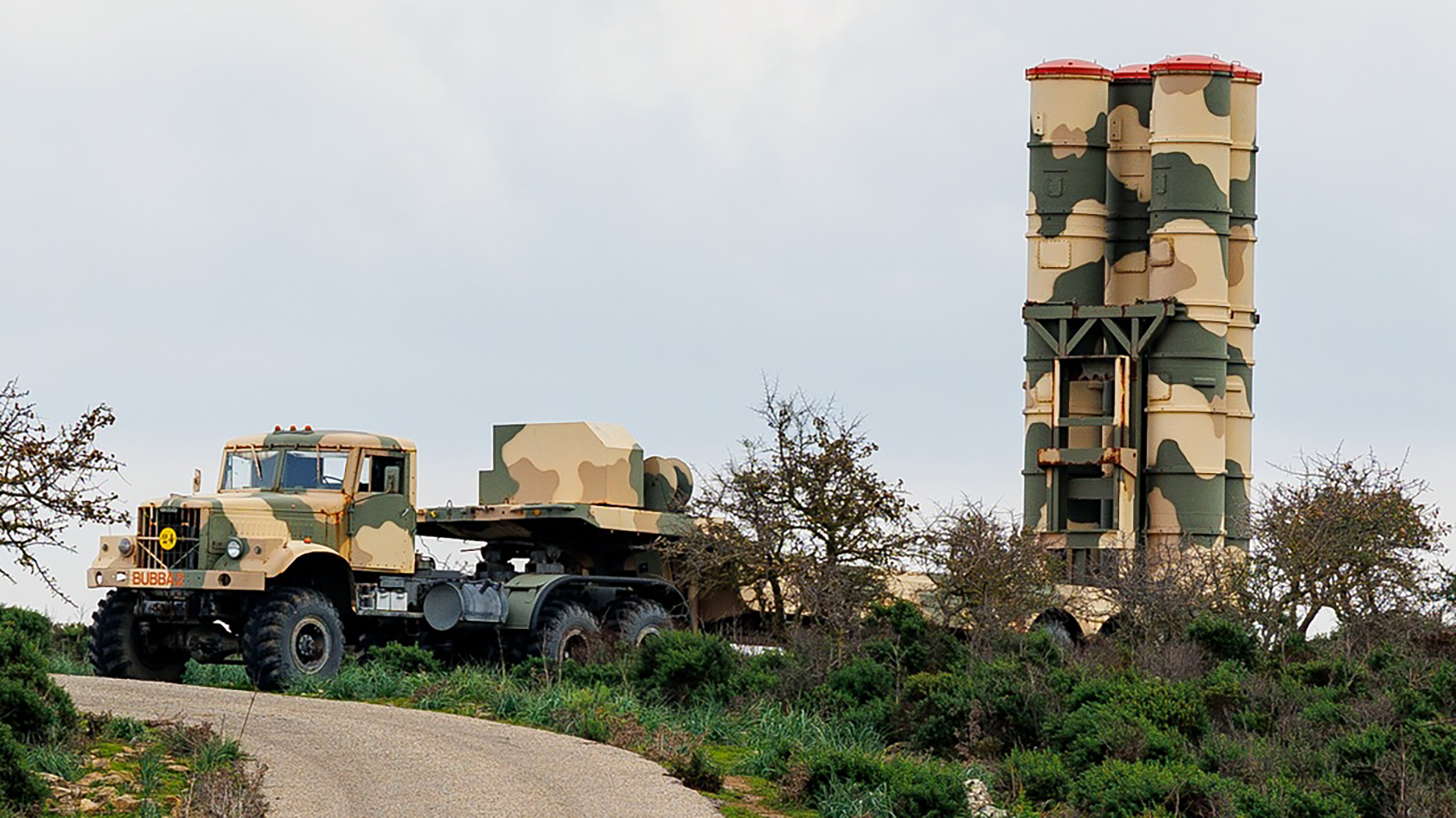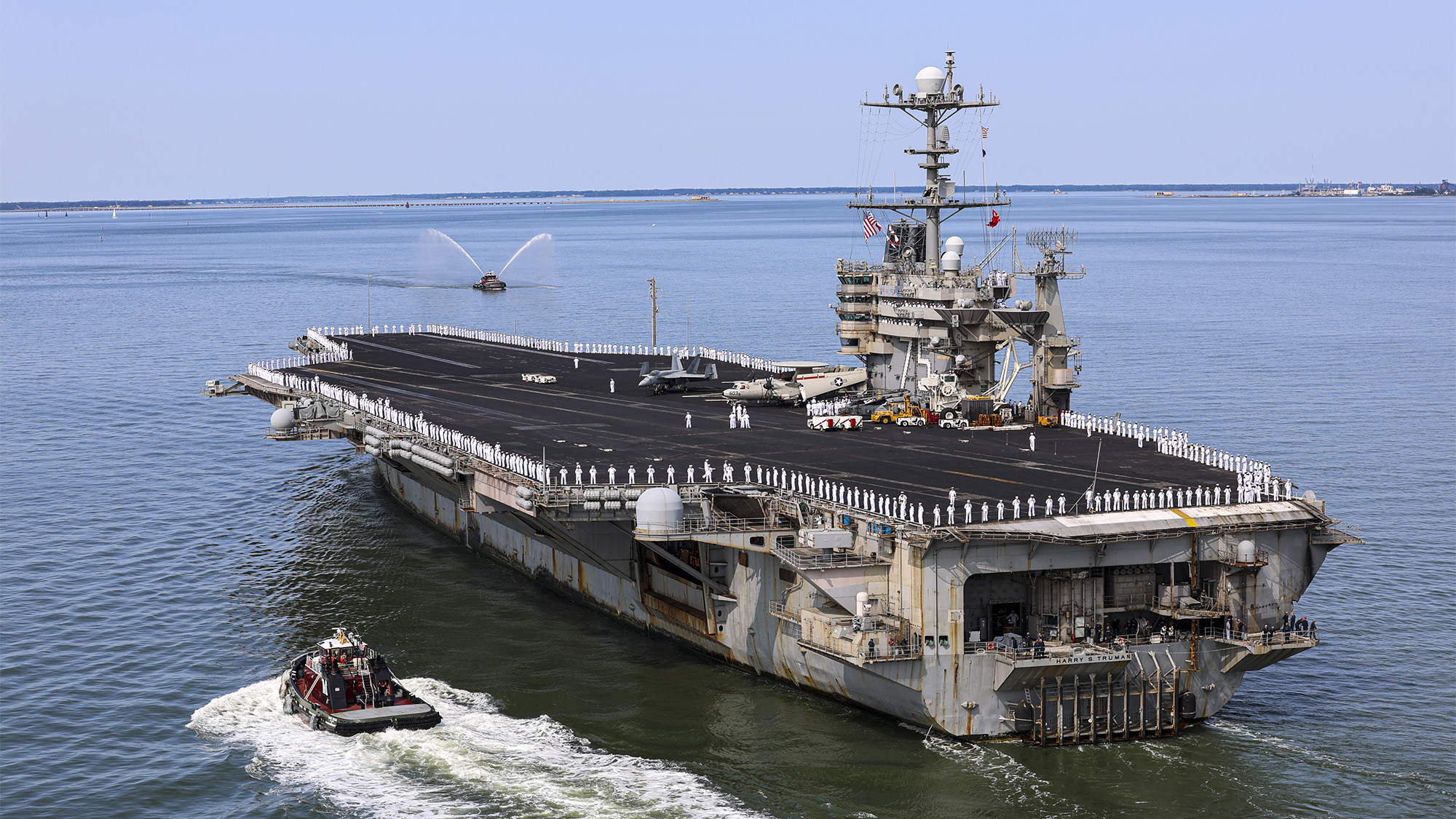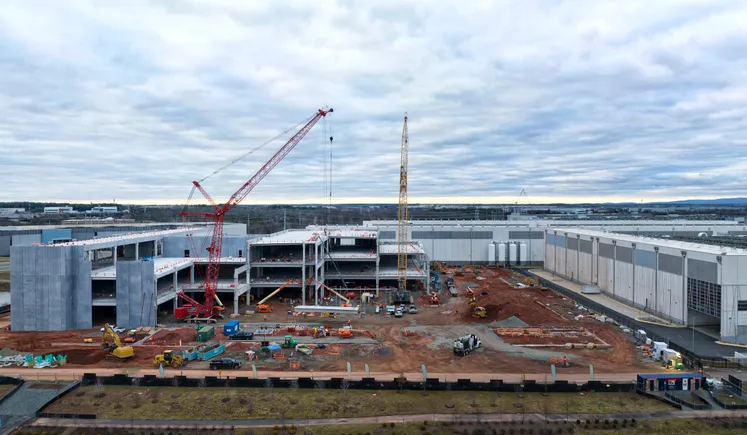What Does the Pope Drink? Inside the Vatican’s Quietly Influential Wine Scene
The Vatican City is the biggest wine importer per capita in the entire world. We spoke with Drinks Business editor James Bayley about the surprising wine ecosystem that Pope Leo XIV has inherited. [...] Read More... The post What Does the Pope Drink? Inside the Vatican’s Quietly Influential Wine Scene appeared first on Wine Enthusiast.
The May announcement of the first-ever American Pope, Leo XIV, still has the whole world buzzing. While Robert Francis Prevost’s hometown of Chicago has its own distinct wine and spirits culture (Malört, we’re looking at you), his move to Vatican City has landed him in the center of the biggest wine scene no one’s ever heard of.
That’s right: The Vatican has a wine scene—and a secretly influential one, too. Surrounded by Rome, the tiny city-state is the headquarters of the Roman Catholic Church and homebase of the Pope. With a population of a little under 900, it’s the smallest sovereign state, both by area and by population. It’s also the biggest wine importer per capita in the entire world, as reported by news and website editor James Bayley of the Drinks Business—making it roughly double that of France and Italy. According to 2019 data from World Integrated Trade Solution, the average per-person consumption at the Holy See was around 79 litres per year (or roughly 99 bottles.)
But how much wine could the Pope and his staff possibly be drinking?
By Bayley’s own admission, that shocking per capita statistic doesn’t tell the full story. There are plenty of uses for wine in Vatican City beyond the pope’s own consumption, like serving guests at the museum bistro, accompanying meals at the Vatican worker canteen and performing sacraments at the altar. And it’s not just Vatican City citizens who are drinking wine within its walls, either: There are the Swiss Guards, employees, diplomats, pilgrims and tourists, to name of the other wine drinkers.
But it’s also true that popes have enjoyed wine—and promoted it—for centuries. The prestigious French red wine Châteauneuf-du-Pape, which literally means “New Castle of the Pope,” has its roots in the 14th century Avignon Papacy, when the Pope lived in France: Pope John the XXII encouraged winemaking in the Rhône Valley and served the coveted “Vin du Pape” to foreign ambassadors and courts, spreading it around the world.
More recently, the late Pope Francis was vocal about enjoying wine in moderation. He referred to it as a “gift from God” to Vatican leaders, also stating, “Wine, land, agricultural skills and entrepreneurialism are gifts from God—the creator has entrusted them to us because, with our sensitivity and honesty, we make them a true source of joy.” More bluntly, the late Pope declared in 2016, “A wedding party where no wine makes the newlyweds ashamed. Imagine you finish the wedding party drinking tea?”
Most of the wine consumed at the Vatican is Italian (over 96%), in part because Italy granted the city-state duty-free status in a 1929 treaty. The import data also shows that 67% of Vatican wine imports (roughly 42,392 litres) consists of still bottled wine, while the rest (20,822 liters) is sparkling. Almost all of these bubbles came from Italy, including Prosecco from Veneto and Asti Spumante, which are often served at diplomatic events, receptions and clergy dinners.
Now that Pope Leo XIV has moved to the Vatican, he joins a growing, quietly influential wine ecosystem. Last year, the Vatican made a historic move to produce wines of its own, planting two hectares of Cabernet Sauvignon on the grounds of the papal summer residence Castel Gandolfo, located just outside of Rome. (The first vintage is expected to be ready in 2026.)
We invited Bayley onto the podcast to discuss his recent deep-dive into how the Vatican became the world’s most surprising wine powerhouse, and what the future may hold for Vatican-made wine.
More Italian Wine Coverage
- Welcome to the golden age of Italian Chardonnay.
- ‘Zingy’ and fresh: the 10 best Italian white wines under $25.
- A beginner’s guide to Italian wine.
- These 12 Italian reds prove the country’s wine scene is “firing on all cylinders.”
- The best Italian red wines under $20 to buy right now.
Episode Transcript
Transcripts are generated using a combination of speech recognition software and human transcribers, and may contain errors. Please check the corresponding audio before quoting.
Maria Yagoda 00:06
Hello and welcome to the Wine Enthusiast Podcast, your serving of drinks culture and the people who drive it. I’m Maria Yagoda, senior drinks editor here at Wine Enthusiast. Thanks so much for coming on, James. It’s a pleasure to meet you and have you here to talk about the Vatican City’s wine scene, which is not something that a lot of people think about when they think about the Vatican City. I would love to hear more about the research that you’ve done on how the Vatican City became the top importer of wine per capita in the world. It’s pretty wild to me, personally.
James Bayley 03:27
It is quite absurd. I mean, we’re talking about the Vatican City, so a sovereign state slipped into the middle of Rome with a population of 800 people, which is less than the tiny village I grew up in in Leicestersi. So they consume more wine per capita than anywhere else in the world. That’s the grabby headline, but it doesn’t quite tell the story. Depending on the year. I mean, we’re talking about 99 bottles per person per year, which is more than a case a month. What it doesn’t account for is the fact that thousands of non citizens work and live inside the Vatican wall. And on top of that, the city state received around 30 million pilgrims and touristseach year, and even more so now, following the recent passing of Pope Francis, so many of those visitors attend masses and dine in Vatican cafes, but that by per capita figure, is more of a sort of typical fluke than evidence of divine endorsement.
Maria Yagoda 04:34
As you mentioned in your article, over 96% of the wine consumed in the Vatican City is Italian wine. Why is that? And do you have a sense of where that wine is going? Obviously there has to be sacramental wine, there’s a place to grab a glass of wine at the Vatican museum, etc. But that’s a high percentage of Italian wine, and I’m curious how that happened.
James Bayley 05:07
I guess it is partly practical, right? So the Vatican is, after all, an enclave inside of Rome, but it’s also cultural as well. Italian wine is so deeply tied to Catholicism, both historically and liturgically, that it’s kind of hard to imagine it being otherwise. I mean, you mentioned some of the stats there, and still, wine make up about two thirds of import, so from your humble table wine to your structured Barolo sparking wine. In terms of the context of where these wines were poured, the sparkling wines had stayed for sort of papal receptions and diplomatic events and clergy dinners. And then, as you said, there’s more sacred stuff, so sacramental wines, and I mean, these are still wines, but often fortified, like Marsala from Sicily. There’s a thing called canon law, which states that wine used for the Eucharist it must be natural, made from grapes of the vine, and not which, I guess, to reach the standard we should apply to our to our own wine drinking. But um, honestly, this might probably use fortified wine like Marsala, not only because of the theological symbolism, though, you know, red being the blood of Christ and that kind of thing, but because they’re shelf stable as well. So they travel really well. It’s important to remember that mass has been said in dozens of chapels across that completely every day. So you want wines that are convenient that do travel well and not and are not going to be spoiled,
Maria Yagoda 07:07
You mentioned it’s mostly bottled wine, right?
James Bayley 07:11
That’s right, yes, yeah, it’s mostly bottled wine. So literally, just transported over the cobblestone from Rome to Vatican. So it’s ready to be drunk.
Maria Yagoda 07:25
The Vatican City benefits from a special duty free, tax exempt status as well?
James Bayley 07:34
it does. There’s the 1929 Lateran Treaty, so the Vatican is a tax haven. As far as wine is concerned, and in terms of how consumers, or the Vatican itself, sort of benefit from that, there are two main wine selling stores inside the Vatican. The more famous is the Anona store. So that’s sort of the more famous Gift Store. It’s open to anyone who copied the people with, you know, platform not required. Liver is the thought of looking supermarket in America, Copco, Walmart, yeah, I think one did this in American audience, there’s still that enthusiastical Walmart, okay, or it’s been to an old railway station, wow, only to those with a membership card. So like a Pont typical card, they got those out.
Maria Yagoda 08:38
Can a tourist go to that papal Walmart?
James Bayley 08:41
they can go into the Anona store, and, in fact, you get many Roman regularly, sort of popping over the people wine, no custom paperwork. Yeah, there’s a really nice paradox, because, I mean, I’m sure we’ll get into about how producers get their wine into the Vatican. But it’s actually harder the wine into the Vatican as a producer than it is to walk out with it as a consumer.
Maria Yagoda 09:15
Wow. So from a kind of security perspective, getting the wine in?
James Bayley 09:20
You know, there’s a small amount of wine, so it’s highly competitive and notoriously difficult. The Vatican doesn’t sort of publish the wine list. You can try to apply through the Vatican’s Public Procurement Program. But the insiders will tell you that it’s not about paperwork. It’s not about who you know and when. That’s the one reprised as a one Barolo producer told a colleague of mine, Louis Thomas, who wrote a more recent article. He told me that, and he said it so in his article, that if you ask the producer, or even mentioned that your research Vatican wine sales, they’ll reply to you. Or do you know anyone who can get it in?
Maria Yagoda 10:09
So I guess producers must get a significant bump in sales with the papal association, or is it just a prestige thing?
James Bayley 10:54
There is an undeniable sense of sort of prestige as you say. It’s not the marketing bonanza. In fact, many producers are expressly forbidden from disclosing their Vatican sales. But, but hopefully, within Italy, especially, supplying the Holy See carries an enormous symbolic weight.I mean, Catholocismis still a powerful force there, even if, even if Mass attendance is declining.Having your wine on a Vatican table or on the altar is quite the point of pride, I guess,
Maria Yagoda 11:29
You mentioned in your article there’s a Rioja that gets into the Vatican, and I would imagine that is potentially served in the Vatican cafeteria, or at this store that you mentioned. I’m curious how that came to be. I’m sure they didn’t tell you, but it’s kind of interesting. Anything else that kind of stuck out to you as you were researching the kind of the business of wine at the Vatican? Anything that surprised you? I mean, obviously you report and write quite a bit about the wine industry, the wine, the business of wine, and was there anything kind of especially unusual that you came across while reporting this story?
James Bayley 11:49
Again, yeah, they didn’t really discuss, yeah, how non-Italian wines sort of find their way in. I think some of it may be to do with the Pope’s preference. So it would be interesting to see if there’s a very minor influx of US wine right with the recent election. I know that Champagne is often used as well. Again, we’re talking more formal diplomatic settings, as opposed to consumer-facing stock front, and that would be rerouted via EU export channels. I guess the whole thing is unusual. It was the per capita stat that was the sort of grabby headline, right? So, as I said, it was a bit misleading. But I think that more broadly, it’s just interesting how entwined wine is with the Vatican, both sort of a practical tool and the potent symbol. It’s s poured over lunch by exhausted museum staff, and yet it’s also there between diplomats. There are laws written about the way that wine could be made, in terms of sacramental wine and how it how it’s used in worship, all the way to selling that very product in duty-free stores. It really is this all encompassing thing. And I think these are the stories thatdraw us into the world of wine beyond the liquid in the bottle. And the fact that the Vatican now has a vineyard has amplified that that thing to a whole new level. In terms of surprises, the numbers are kind of staggering. More wine from per capita than anywhere else in the world. And it, you know, it’s almost like an amusing it’s a little shocking to tell, yeah, to tell people like at a bar or whatever. But then if you really delve into it, the whole thing just becomes kind of fascinating. And again, it we I mean talking about 3% being in court, being up here in wine and a Rioja label, sort of sneaking in through back channels and that kind of thing is just so it’s all crowded in. It gets a bit sort of Tom flame and Dan Brown.
Maria Yagoda 15:03
There might not be a connection at all, but thinking about the British Royal Family, the monarchy, there are certain sparkling wines that have the crown approval. There are certain products, food and wine, that have kind of the crown seal of approval, it’s a very highly coveted thing.
James Bayley 16:09
Yeah, they’re royal warrants, right? They’re granted by the King and the Queen, although Prince Charles was also able to grant them when Elizabeth was alive. Barry Brothers, for instance, has a royal warrant, right? It’s a very prestigious seal of approval, and it’s something we often report on, right at the beginning of the year.
Maria Yagoda 16:44
Aside from the prestige factor, is there a bump in sales?
James Bayley 16:51
Oh, definitely, yeah. I mean, people lose them as well. I think it’s quite rare, but yeah, it can happen. But no, I can certainly see why you made that comparison.
Maria Yagoda 17:16
As an American, it is hard to imagine any kind of equivalent here, whether it be like a federally run vineyard or a special like “this is a good wine, says the president” stamp. It’s so foreign.
James Bayley 17:35
Doesn’t he though? President Trump has vineyards.
Maria Yagoda 17:39
I think, yes, we’re in new territory with that. But yes, you’re actually right. It’s such an interesting topic. And yeah, thank you. Thank you so much for coming on and chatting about it with me. It’ll be, it will be interesting to see if Pope Leo says, “Hey, I like my Napa cabs. Could we have some of those in the cafeteria?” But it’s like, You’re going to Italy! I mean, what an amazing, amazing place to work, I would imagine, but yeah, we’ll never really know what it’s like. I imagine if I reach out to a Vatican rep and ask, what are you serving at lunch today. Probably won’t get an answer. I would love to know,
James Bayley 18:26
Possibly not, possibly not. I mean, there’s only one way to find out.
Maria Yagoda 18:30
Well, thank you again, James for coming on and for all of your reporting on this topic. It’s lovely to meet you and chat with you.
James Bayley 18:39
Oh, likewise. No. Thank you so much for having me. It’s an absolute pleasure.
Maria Yagoda 18:46
With the Vatican’s recent planting of a small plot of Cabernet Sauvignon at Castel Gandolfo, the Pope’s involvement in the wine world will only continue to grow. It remains to be seen whether anyone outside the Holy See will ever get to taste these wines which are expected to be ready in 2026. You can email us your comments and questions at podcast at wine enthusiast.com Remember, you can subscribe to this podcast on Apple, Spotify, and anywhere else you listen to your favorite shows. You can also go to wineenthusiast.com/podcast for more episodes and transcripts. I’m Maria Yagoda, and thanks for listening.

In the Shop
For Wine On-the-Go
This versatile messenger-style wine bag comes with removable bottle liners, a corkscrew and an aerator.
The post What Does the Pope Drink? Inside the Vatican’s Quietly Influential Wine Scene appeared first on Wine Enthusiast.





















